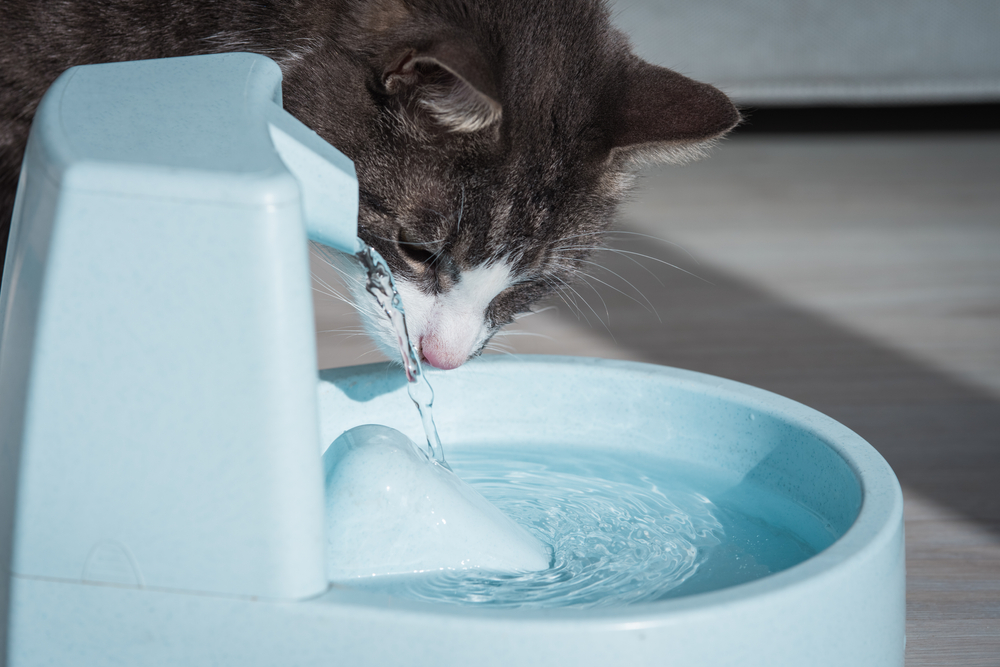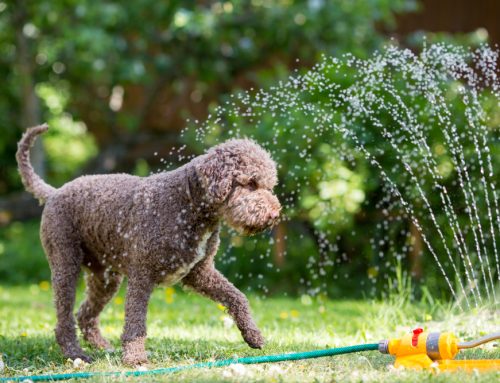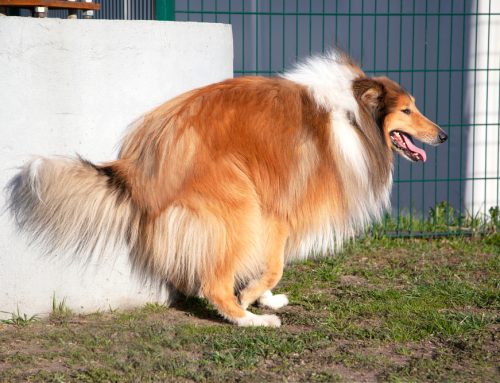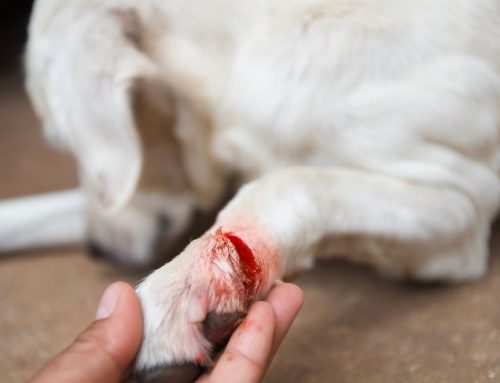Alabama summers are hot and humid, which puts your pet at risk for heatstroke. Pets have inefficient cooling mechanisms that start to fail when temperatures reach the 80’s and 90’s, and pet owners must carefully monitor their pets for elevated body temperatures. All pets are at risk, but dogs are most often affected, with some dogs at higher risk. Countryside Veterinary Hospital provides heat safety information and tips to keep your pets happy and healthy this summer.
Heatstroke effects on pets
Heatstroke occurs when your dog’s body temperature rises above 103 degrees, which can affect pets who are left in hot cars, or outdoors without sufficient water or shade, or when exercised. High body temperatures lead to organ damage, brain swelling, and blood clotting problems, and causes death in 19% to 59% of affected pets. Heatstroke may result in the following consequences:
- Brain damage
- Organ failure
- Clotting abnormalities
- Sepsis from gastrointestinal damage
- Fluid-filled lungs
- Heart problems or shock
Pet heat stress risks and signs
Dogs sweat only a small amount through their feet, and otherwise stay cool through panting. Cooling off is more difficult for short-nosed, flat-faced (i.e., brachycephalic) dogs, older dogs, obese dogs, and those with chronic medication conditions, and these pets are especially prone to heatstroke. However, you should monitor all pets when temperatures rise, watching for the following signs:
- Excessive panting
- Drooling
- Reddened gums
- Diarrhea or vomiting
- Confusion
- Collapse
- Seizures
Pet heatstroke treatment
If your pet shows heatstroke signs, get them into a cool area immediately. Check their rectal temperature—at above 104 degrees, they require cooling, which you can achieve by placing your pet in cool water. Do not use ice or ice-cold water, which reduce circulation and can slow proper cooling. Once your pet’s temperature has improved, head straight to the veterinarian for their evaluation and further care. Your pet may require:
- Hospitalization — Your pet will likely need supportive care, observation, medications, and possibly a blood transfusion. Heatstroke effects may be delayed, so close veterinary monitoring is key.
- Intravenous (IV) fluids — IV fluids can help with cooling, keep the kidneys working, and correct low blood pressure from shock.
- Ongoing tests — Your veterinarian will monitor your pet’s organ function, clotting ability, heart function, and vital signs for several days.
Pet heat safety tips

To avoid a heat-related tragedy, follow these tips:
- Limit time outdoors — Exercise your dog during the cooler early morning or evening, and limit time outside during the hottest parts of the day. If you have a fenced yard or tie-out, ensure your pet has shade and cool water, and never leave them outside unattended.
- Avoid hot cars — Leaving your pet in the car risks heatstroke in a matter of minutes. Temperatures inside a vehicle can reach higher than 90 degrees after only a few minutes, and higher than 100 degrees after an hour.
- Provide plenty of water — When you exercise with your pet, ensure you have a collapsible bowl and plenty of water, take frequent breaks to rest and drink, and watch your pet for overheating signs.
- Heat awareness — Use common sense regarding your pet and the heat—the higher the temperature and humidity, the less time your pet can comfortably spend outside. If you’re feeling warm, they are probably feeling warmer. Watch your pet closely for behavioral changes and early heat stress signs, including heavy panting, red gums, soft stools, and lethargy, so you can cool them off right away.
- Leave high risk pets at home — If your pet struggles in the heat or is at higher risk for heatstroke, keep them inside. Summer activities are tempting, but crowds and heat are stressful for pets, who will be better off in their familiar, temperature-controlled home.
- Avoid other warm-weather risks:
- Protect your pet from warm-weather parasites, including fleas, ticks, and heartworms, with appropriate monthly prevention medications.
- Watch out for hot asphalt, which can burn your pet’s paw pads, and walk on grass or concrete sidewalks.
- Watch for lawn chemicals and insecticides—stay off treated grass, and wipe your pet’s feet when they come inside.
Heatstroke, with such a high mortality rate, can be devastating, but also can be prevented if you remain vigilant and follow our heat safety tips. If you suspect your pet is suffering from heatstroke, call your Countryside Veterinary Hospital team for guidance, or head to the local emergency room for immediate care.








Leave A Comment